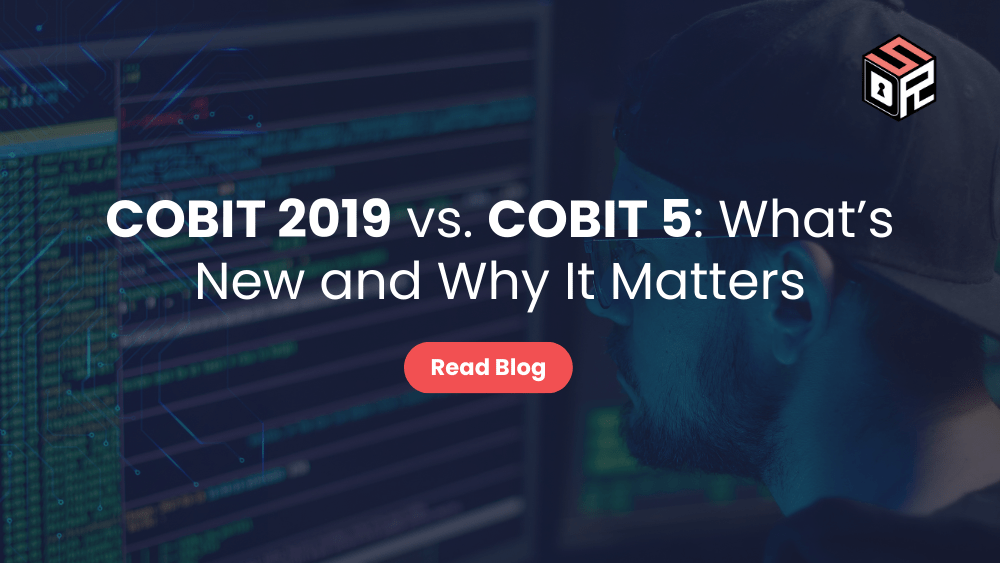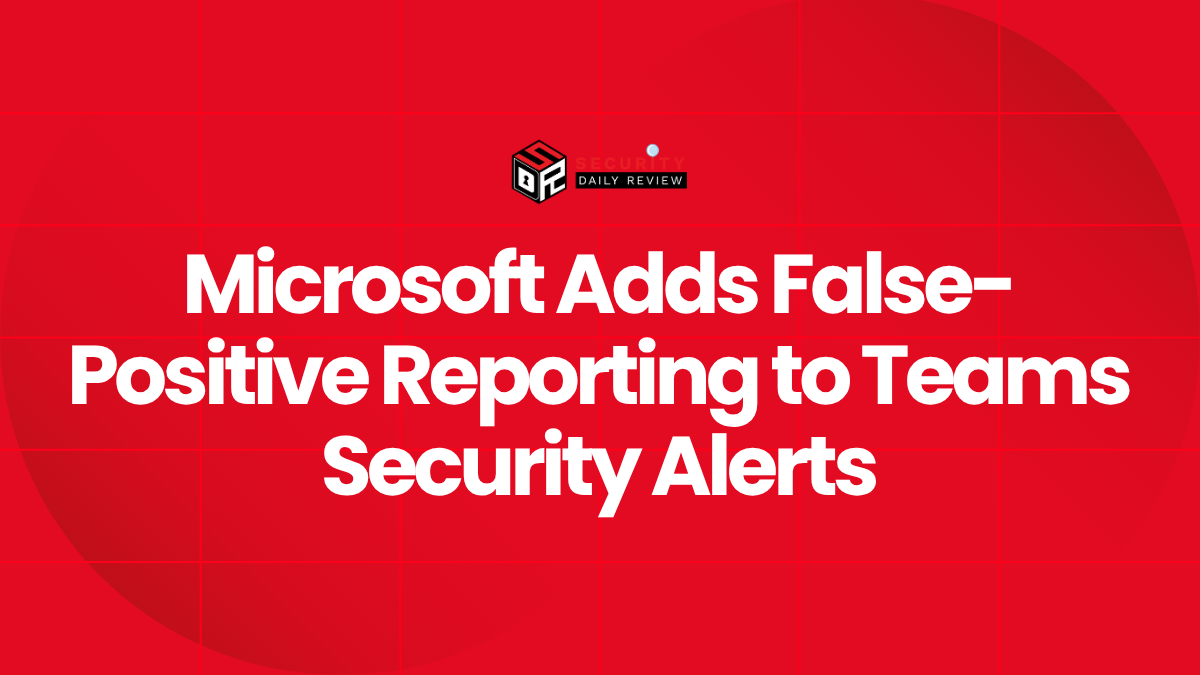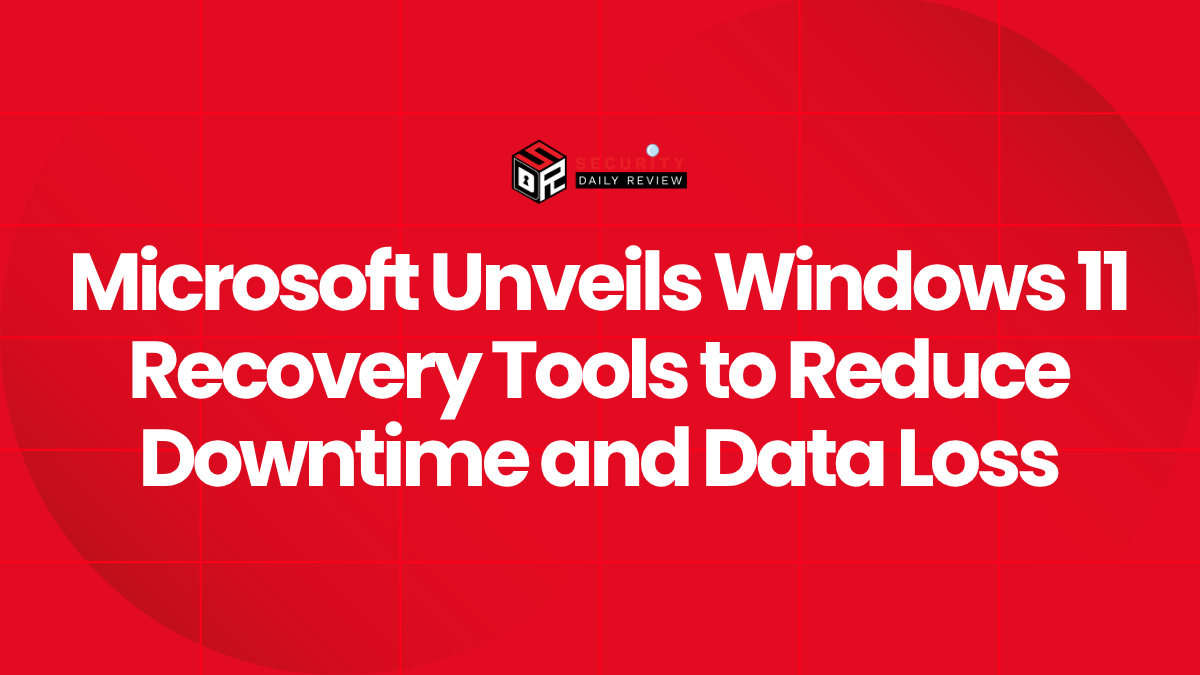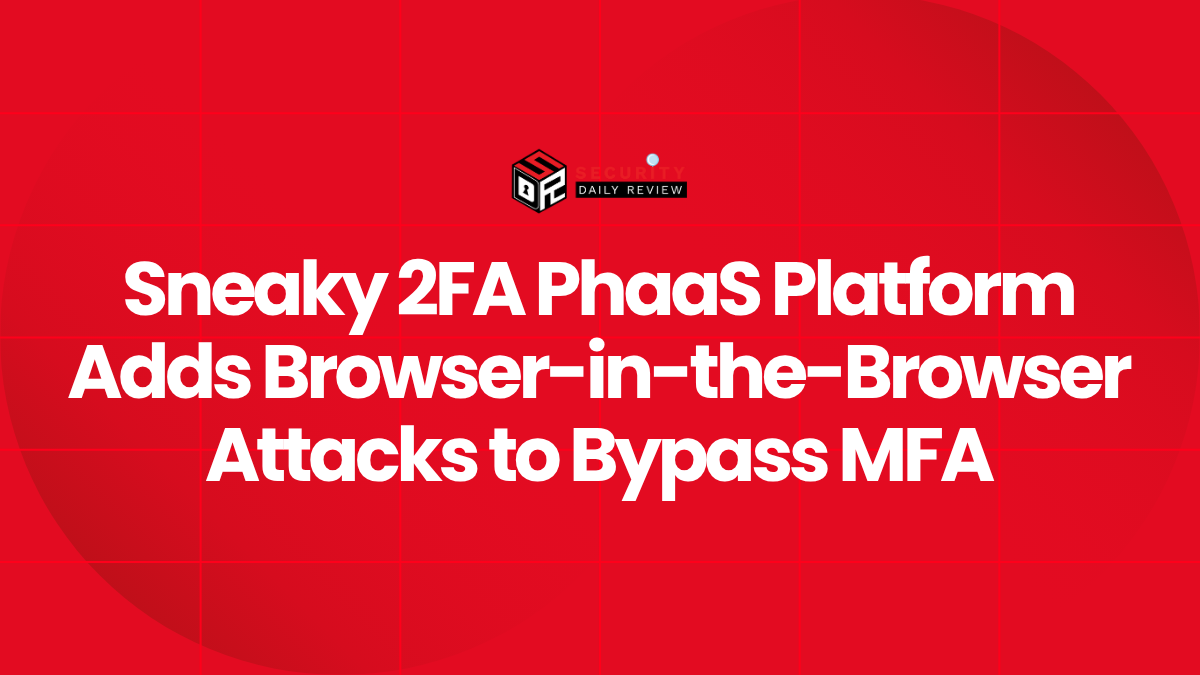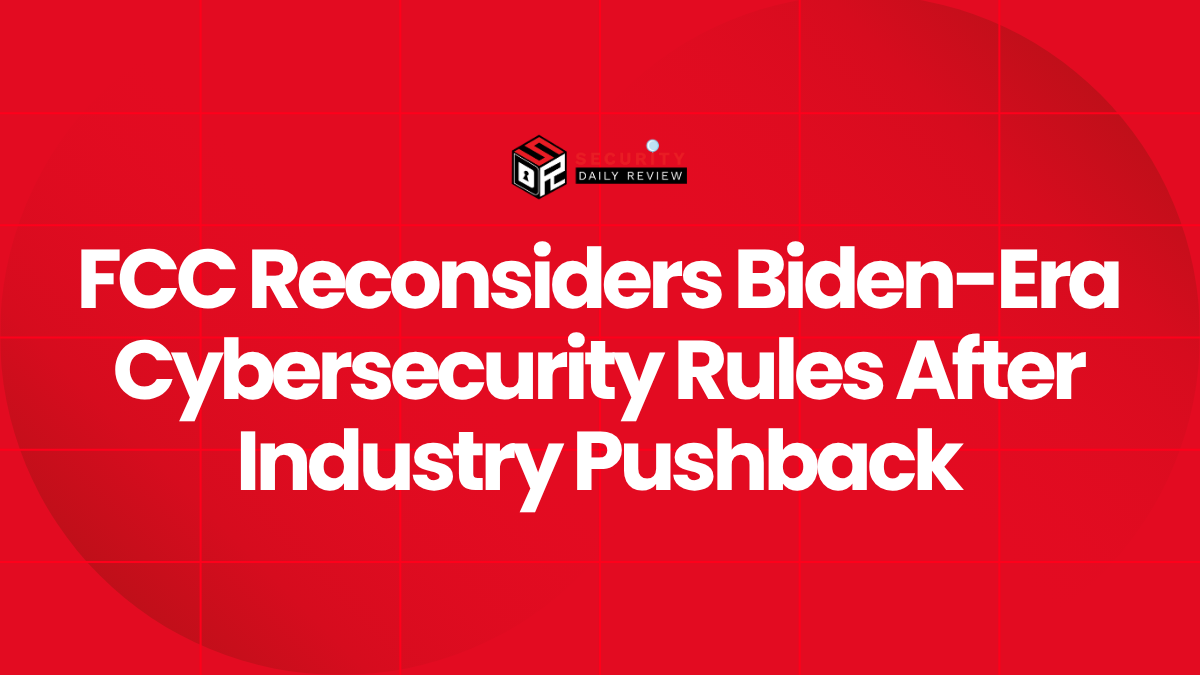The IT landscape is dynamic, demanding robust frameworks to manage its complexities and risks. COBIT, a leading IT management framework, has evolved to meet these challenges. This detailed comparison of COBIT 5 and COBIT 2019 explores the key differences, highlighting why the update was crucial and the benefits it offers organizations.
What is COBIT?
COBIT (Control Objectives for Information and Related Technologies) is a widely recognized framework designed to help organizations improve the value they derive from IT while effectively managing associated risks. Its primary goal is to govern all IT assets and minimize potential threats. The framework’s popularity is evident, with ISACA reporting that over 90% of executives who have utilized COBIT recommend it to other companies.
The Need for COBIT 2019: An Evolution from COBIT 5
COBIT 5, released in 2012, provided valuable guidelines for enterprise-wide governance and management. However, the rapid advancements in technology, particularly the rise of cloud computing and the Internet of Things (IoT), created new challenges and risks that COBIT 5 wasn’t fully equipped to address. This necessitated the development of COBIT 2019, a more comprehensive and adaptable framework.
COBIT 2019 builds upon the foundation of COBIT 5, incorporating new features and enhancements to address the evolving IT environment. It provides organizations with a flexible framework applicable to both specific problem-solving and organization-wide adoption.
Top Four Benefits of COBIT (Based on ISACA Research):
- IT integrations (73%)
- Improved risk management (60%)
- Discovery of gaps in security (49%)
- Enhanced board-level visibility (45%)
Understanding COBIT 5
COBIT 5 offered a standardized set of guidelines applicable across various industries. It aimed to bridge the gap between IT and business strategies, ensuring successful risk management and timely project completion. The framework’s managerial processes encompassed all company activities, including inputs, outputs, key objectives, maturity models, and performance measures, ultimately maximizing the value derived from the IT department.
What’s New in COBIT 2019?
COBIT 2019 represents a significant update, incorporating several key improvements over COBIT 5:
- Enhanced Focus Areas and Design Factors: COBIT 2019 streamlines the establishment of risk management practices and governance protocols, tailored to individual organizational needs.
- Alignment with Global Standards: The framework is more aligned with international risk management, security, and other universal frameworks and protocols.
- Regular Updates: COBIT 2019 benefits from regular updates to ensure compatibility with emerging technologies.
- Prescriptive Approach: Compared to COBIT 5, COBIT 2019 offers more prescriptive guidelines, supporting better integration in governance and risk management.
- Open-Source Model: The framework incorporates user feedback into future updates, ensuring continuous improvement and relevance. These updates are rigorously evaluated by a Steering Committee for quality and consistency.
- Emphasis on Modern Technologies: COBIT 2019 explicitly addresses newer technologies and methodologies, including DevOps and Agile concepts, and accounts for updated operational practices in IT-enabled organizations, such as cloud-based systems and outsourcing.
Key Differences: COBIT 5 vs. COBIT 2019 – A Detailed Comparison
The transition from COBIT 5 to COBIT 2019 reflects a significant evolution in the framework, driven by the rapid advancements in technology and the increasing complexity of the IT landscape. While COBIT 5 provided a solid foundation, COBIT 2019 builds upon this, incorporating several key improvements to address the challenges of a modern, dynamic IT environment. Let’s delve deeper into these key distinctions:
1. COBIT Core Model: A Refined Approach to Governance and Management Objectives
Both COBIT 5 and COBIT 2019 utilize Governance and Management Objectives as their foundational elements. However, COBIT 2019 significantly refines this core model. It introduces new processes and updates, enhancing the framework’s ability to address contemporary IT challenges. Key additions include:
- Managed Assurance: This new process strengthens the framework’s capacity for ongoing monitoring and evaluation of IT processes, ensuring alignment with organizational goals and adherence to risk mitigation strategies. It provides a more proactive approach to identifying and addressing potential issues.
- Separation of Manage Programs and Projects: COBIT 2019 distinguishes between program and project management, providing clearer guidance and improved control over complex IT initiatives. This separation allows for better resource allocation, risk management, and overall project success.
- Additional Objectives: The inclusion of additional objectives reflects the expansion of the framework to encompass a broader range of IT-related concerns, addressing emerging technologies and evolving organizational needs. This ensures COBIT remains relevant and adaptable to the ever-changing IT landscape.
2. COBIT Performance Management (CPM): A More Sophisticated Measurement System
COBIT 2019 introduces COBIT Performance Management (CPM), a significant advancement over the scoring system in COBIT 5. CPM leverages the Capability Maturity Model Integration (CMMI) framework to provide a more robust and accurate assessment of the effectiveness of governance and management systems. Key improvements include:
- Enhanced Maturity Assessment: CPM offers a more granular assessment of maturity levels, ranging from 0 to 5, providing a clearer understanding of the strengths and weaknesses within the organization’s IT governance structure. This allows for more targeted improvement efforts.
- Comprehensive Evaluation: CPM goes beyond a simple score, providing a comprehensive evaluation of the various components of the governance and management system. This holistic approach enables organizations to identify areas for improvement and prioritize their efforts effectively.
- Tailored Governance Systems: CPM supports the development of tailored governance systems, enabling organizations to customize their approach to fit their unique needs and context. This flexibility ensures the framework remains practical and effective across diverse organizational structures and IT environments.
- Integrated Training and Capability Investigation: CPM integrates training and capability investigation, providing organizations with the resources and support they need to effectively implement and utilize the framework.
3. Guidelines: From Descriptive to Prescriptive
COBIT 2019 shifts from a primarily descriptive approach (as seen in COBIT 5) to a more prescriptive one. This means the framework offers more specific guidance and actionable steps, making it easier for organizations to implement and utilize the framework effectively. This prescriptive approach is particularly beneficial for organizations seeking a clear roadmap for implementing IT governance best practices.
4. Design Factors: A Broader Perspective on IT Governance
COBIT 2019 expands the scope of Design Factors, categorizing them into contextual, strategic, and tactical measures. This broader perspective emphasizes the importance of viewing IT governance as an enterprise-wide concern, integrated into the overall business strategy. This holistic approach ensures that IT governance is not treated as an isolated function but rather as an integral part of the organization’s overall success.
5. Open-Source Model: Continuous Improvement and Adaptability
The adoption of an open-source model in COBIT 2019 is a significant change. It allows for continuous improvement and ensures the framework remains relevant to the dynamic IT landscape. By incorporating user feedback, ISACA can address emerging challenges and incorporate best practices from various organizations. This collaborative approach ensures that COBIT remains a practical and effective framework for years to come. The rigorous review process by the Steering Committee ensures the quality and consistency of updates.
These detailed comparisons highlight the substantial improvements and refinements in COBIT 2019 compared to its predecessor. The updated framework offers a more comprehensive, adaptable, and prescriptive approach to IT governance, enabling organizations to effectively manage risks and derive maximum value from their IT investments.
The Importance of IT Security and Governance Certifications
The increasing emphasis on IT security and governance best practices necessitates professionals staying updated with the latest frameworks and certifications. Popular certifications include CRISC, CGEIT, and various COBIT 5 and COBIT 2019 certifications (Foundation, Implementation, Assessor).
FAQs (Frequently Asked Questions)
Q. What is COBIT?
A. COBIT (Control Objectives for Information and Related Technologies) is a widely used framework that helps organizations govern and manage IT, ensuring alignment with business goals and minimizing risks.
Q. What are the key differences between COBIT 5 and COBIT 2019?
A. COBIT 2019 builds upon COBIT 5, offering enhanced features like a more prescriptive approach, alignment with global standards, regular updates, and a stronger focus on modern technologies such as cloud computing, IoT, and DevOps. It also incorporates an improved performance management system (CPM).
Q. Why was COBIT updated from version 5 to 2019?
A. The rapid evolution of technology and the emergence of new risks (like those associated with cloud computing and the IoT) necessitated an update to the COBIT framework to ensure its continued relevance and effectiveness in managing IT governance.
Q. What are the benefits of using the COBIT framework?
A. COBIT helps organizations improve IT integration, enhance risk management, identify security gaps, and provide greater visibility to the board of directors regarding IT performance and risks.
Q. Is COBIT 2019 an open-source framework?
A. Yes, COBIT 2019 is an open-source model, meaning it incorporates user feedback to ensure continuous improvement and relevance to the ever-changing IT landscape. Updates are reviewed by a steering committee to maintain quality and consistency.
Q. How does COBIT help with risk management?
A. COBIT provides a structured approach to identifying, assessing, and mitigating IT-related risks. Its guidelines and processes help organizations establish robust risk management practices tailored to their specific needs.
Q. What are some popular COBIT certifications?
A. Popular certifications include COBIT 5 Foundation, COBIT 5 Implementation, COBIT 5 Assessor, and related certifications focusing on COBIT 2019. These certifications demonstrate expertise in utilizing the COBIT framework for effective IT governance.
Q. How does COBIT support Agile and DevOps methodologies?
A. COBIT 2019 explicitly addresses modern technologies and methodologies, including DevOps and Agile concepts, recognizing the updated operational practices in IT-enabled organizations. This ensures the framework remains relevant and adaptable to current IT practices.
This detailed comparison of COBIT 5 and COBIT 2019 highlights the significant advancements in the framework. By understanding these differences, organizations can choose the version best suited to their needs and leverage the power of COBIT for effective IT governance and risk management. The open-source nature of COBIT 2019 ensures its continued evolution and relevance in the ever-changing world of information technology.

